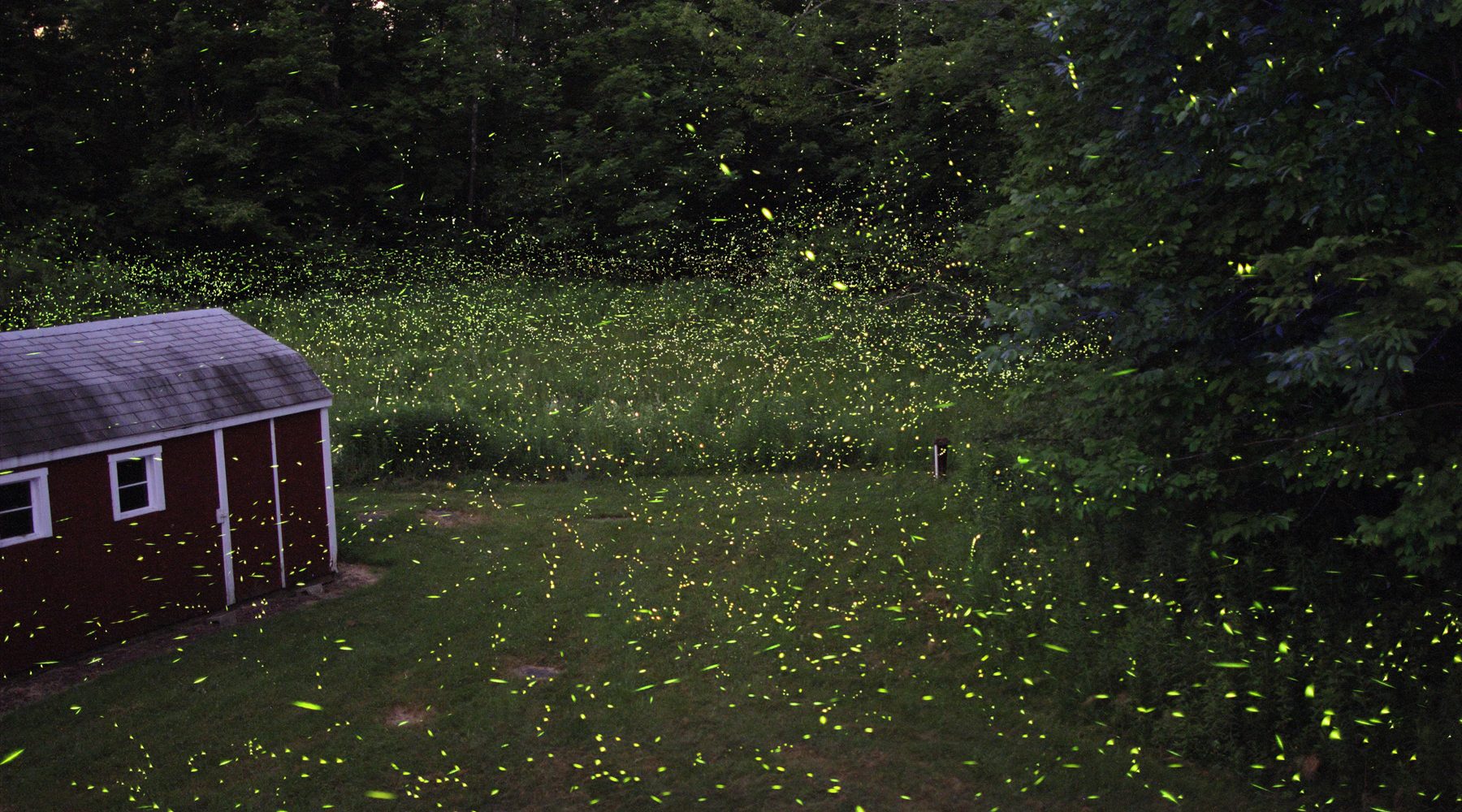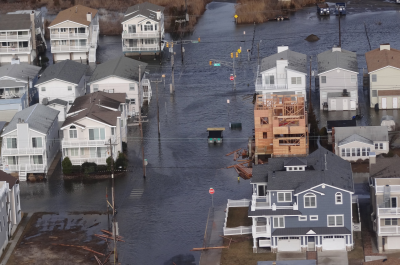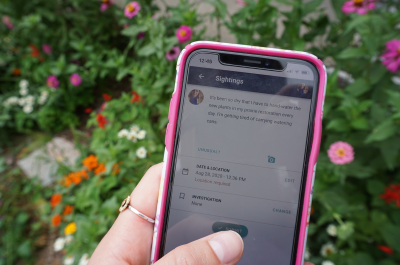All observations are, to some extent, limited. There’s always some subjective gap between what we’ve seen and the fullest truth. The sight of the boy you liked in high school walking away with another girl has probably lingered in your heart longer than his feelings for her. Emotion, especially, can blur your observation without your consent…perhaps even without you realizing it in the first place.
We’re interested in your observations about your favorite summer bugs. One reason is, we know how much you care about them. That Pennsylvania and Tennessee have each declared fireflies their official state insect underscores this point. So does an array of songs in the last decade or so, written by artists as diverse as Rhett Miller, Owl City and Faith Hill, in which fireflies figure prominently.
Not long ago we heard from Trisha Molony from Franklinton, in eastern Louisiana. In answer to our question about what she’s seeing in the aftermath of the state’s massive flooding, she writes, “It’s what I don’t see that’s upsetting.”
It will be interesting to see what the Fall and Winter bring
Usually, trees are alight with fireflies all summer in the piney woods around her home. Not this year. “There are none!’ she says. “I don’t know if the March flood had something to do with it or not but they are gone.”
Molony doesn’t just wonder whether this is connected to flooding. “The love bugs came 1.5 months early, our property was swarming with them. They normally don’t come till October but they arrived in late August this year.” And horse flies showed up early, too.
Did flooding cause this? Is climate changing the lives of the fireflies that have lit up her Louisiana forest?
Several firefly researchers gave us the same starting point in our investigation, by stressing that less is certain when it comes to the science of fireflies than you might think. “There’s just so much that we don’t know and that we have to figure out,” says Ben Pfeiffer, a master naturalist and firefly researcher who studied biology at Texas State University. But here are a few key points:
- A pretty strong consensus exists that most firefly species around the world are declining, and light pollution and fragmentation of the landscape on which fireflies thrive are the culprits. Light pollution makes signaling among fireflies for potential mates more difficult; more than half of male fireflies die without ever finding a partner in their short, weeks-long mating window.
- Yes, temperatures influence fireflies. Some researchers in the Great Smoky Mountains of Tennessee have logged air and soil temperature to predict the best days for sighting fireflies. In conditions when the air is warmer, firefly flashes accelerate, making them more visible. And so when winter is milder, fireflies may come earlier – as much as five or six days.
- But other factors besides human-driven landscape change and temperature patterns might be at play. Michigan-based scientists who were counting ladybugs also trapped fireflies in their work, so they matched the traps with daily temperature and rainfall data. What they found suggests a short, six-year cycle for fireflies, in which their populations grow over three years and diminish over the next three. But their data also suggest that if early spring doesn’t come with the usual rainfall, the signals in this system may become shaky. Very local conditions seem to have a very big influence here. In other words: we’re still a long way from understanding how soil and air temperature, seasonal cycles, and other environmental factors are influencing fireflies.
- And while several citizen science projects have aimed to describe firefly populations better, it doesn’t help that fireflies defy easy identification. Most people can tell you what a house fly or a mosquito looks like, but with fireflies not so much. “Most people cannot identify a firefly based on the morphology of it,” Pfeiffer says, adding that it’s not easy for him, either, even after years of research. “So much so that I am constantly scratching my head in terms of what I’m looking at.”
Pfeiffer studies Texas, not the Louisiana woods where Trisha Molony is observing. While he’s not familiar with the areas that flooded, he says his gut reaction is that flooding isn’t responsible for a lack of firefly sightings, in part because he’s noticed that elsewhere the insects like the wet banks of a river for habitat.
Pfeiffer urges Molony and the rest of us to keep looking harder, and get up close. There’s guides on there that say don’t catch any cause you’re gonna harm them,” he says. “Catch them, look at em, watch them, and then let ‘em go.” And of course, keep records.
ISeeChange is set up to do just that. Just because we can’t yet conclude anything definite from Trisha’s observation – or fully answer her question – it doesn’t mean that’s always going to be the case.
The more we observe fireflies, the more we data we accumulate, the more conclusions we can draw from that body of evidence. Keep a keen eye out for what is happening with fireflies where you live and send in your observations. And not just once; return periodically and keep track of what changes. Over time, we might just learn something new.




